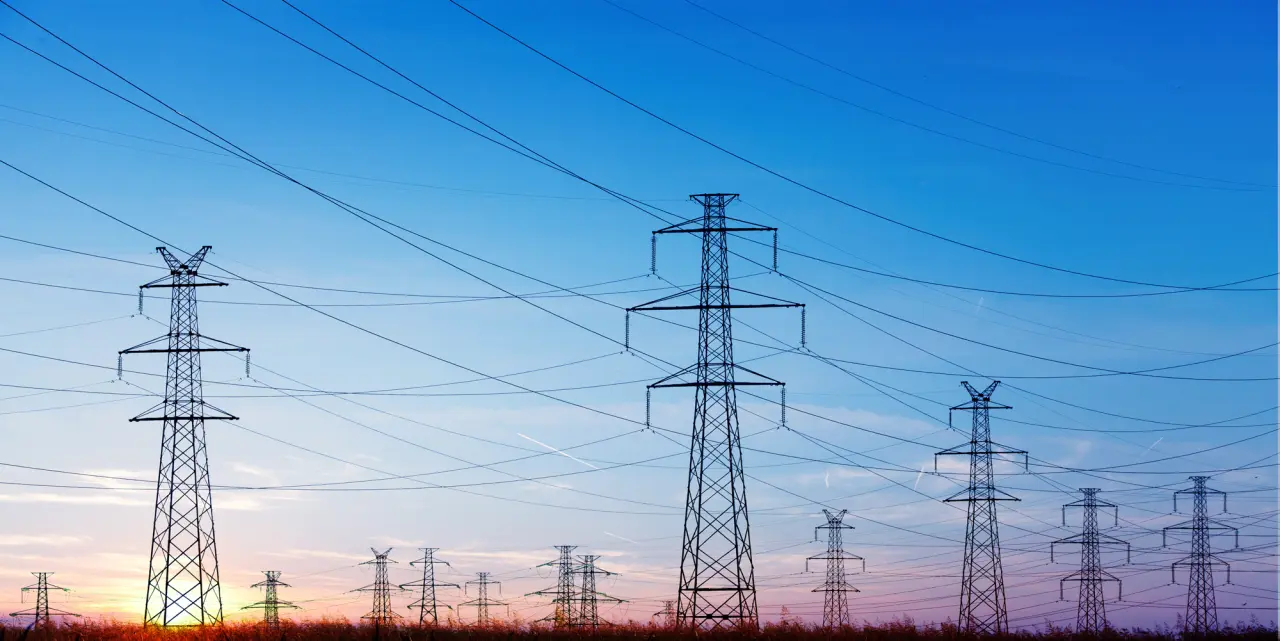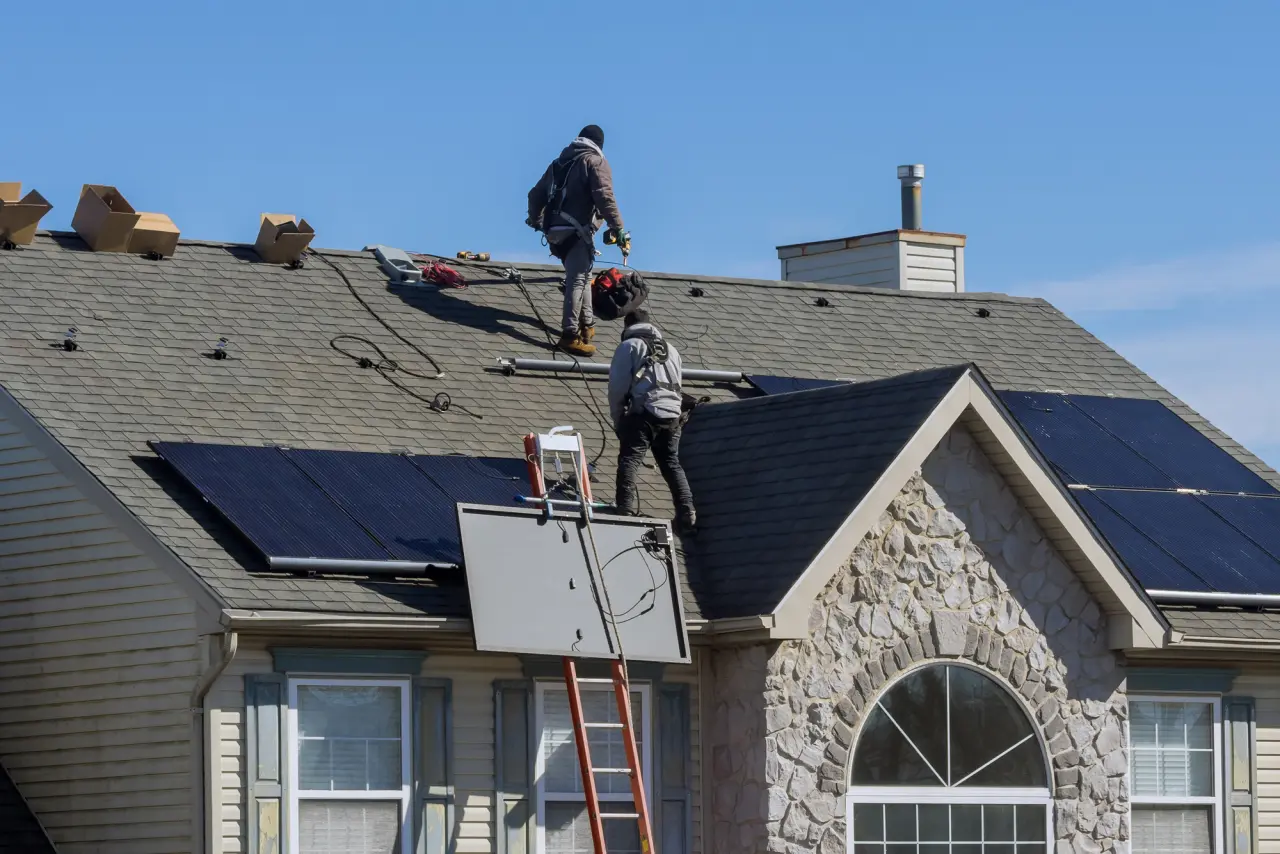The advantages and disadvantages of solar energy


Solar energy is the fastest-growing energy source, with the National Renewable Energy Laboratory (NREL) projecting that 60-80% of U.S. electricity could be supplied by wind and solar energy by 2035.
However, like all energy sources, many advantages and some disadvantages of solar energy exist. In this article, we’ll cover the main solar power pros and cons and provide specific solutions for the challenges.
Advantages of solar energy
Solar energy has loads of benefits that outweigh the disadvantages for both residential and utility-scale systems. That’s because even some of the disadvantages of solar energy have solutions that can be adopted. Here’s a quick visual overview of the main pros and cons:

Now, let’s start by reviewing each of the solar energy advantages in more detail.
1. Renewable and reduces carbon emissions
Solar power is a renewable resource, unlike fossil fuels which are finite. While producing and installing solar panels causes some emissions, operating the panels produces zero emissions. In the long run, solar power produces fewer carbon emissions compared to fossil fuels.
According to the World Nuclear Association, fossil fuels make up for around 17 times more emissions than solar PV (utility-scale).
2. Can offset electricity bills
Solar panels, especially with an off-grid solar system, reduce the commercial project reliance on the grid, helping save money on electricity.
3. May gain profit through Solar Renewable Energy Credits
Solar Renewable Energy Credits (SRECs) are certificates that can be received in some US states and sold for money. For example, for each 1,000 kWh (kilowatt-hours), you can earn 1 SREC.
Since some utility companies are required to use a certain amount of their energy from renewable sources, they’re willing to buy it from solar system project owners.
At the moment, the states where SRECs are available include:
New Jersey, Massachusetts, Pennsylvania, Maryland, District of Columbia, Ohio, Delaware, North Carolina, California, Illinois, and Virginia.
4. Stimulates economic growth
Utility-scale projects produce economic development advantages due to the creation of wide-ranging job opportunities. The Interstate Renewable Energy Council (IREC) found that the solar industry accounted for nearly 280,000 jobs at the end of 2023, demonstrating a continuous increase.
It doesn’t just include the construction phase – solar farms develop long-term employment opportunities. The International Renewable Energy Agency (IRENA) estimated in their study that renewable energy jobs, including solar PV, could reach 42 million by 2050 worldwide.
5. Low maintenance costs
Since solar panels don’t have any moving parts that could wear off, they require little maintenance. Project owners should still regularly clean them and monitor their performance. For example, NREL found that solar panels can lose as much as 7% of energy in some parts of the US and as much as 50% in the Middle East due to dust annually.
However, gentle cleaning even a few times per year is enough to not let dust accumulate and block sunlight.
6. Helps gain electricity in any climate
Solar panels may be disrupted due to some weather changes, such as cloudy days, but they’re suitable for use in any climate. This includes winter, contrary to popular belief. If snow is cleaned off when accumulated, the sun can still reflect off the snow and even enhance the amount of light that reaches your solar panel.
In fact, solar panels could lose around 0.43% of their power with every degree Celsius when the panel gets hotter than 25°C (77°F) according to a study by International Finance Corporation (IFC). So lower temperatures can even be a benefit for solar panels.
7. May improve home value
For residential systems, solar panels are considered a valuable upgrade, helping increase property value. According to research by Zillow, homes with solar panels tend to sell for around 4.1% more on average than those without them.
The study claimed that it translates to an additional $9,274 on average. However, other factors come into play, such as the home location or solar energy system size.

Disadvantages of solar energy
While the solar energy pros outweigh the cons, there are still some to take into consideration. Let’s review the main disadvantages.
1. Technological limitations in photovoltaic efficiency
Solar panels cannot convert all sunlight into electricity – this is known as conversion efficiency. Most of the sunlight hitting PV cells gets lost during the conversion process. Light either gets reflected or turned into heat instead of getting converted into electricity. According to the U.S. Department of Energy, most panels have 21% efficiency.
Another factor limiting conversion efficiency is recombination. It happens when charge-carrying electrons encounter charge carriers (holes) or defects in the PV material, which don’t have electrons. During recombination, the energy turns into light or heat instead.
Solutions to improve PV efficiency
To improve PV efficiency, it’s beneficial to use bifacial solar panels. They have cells on their underside to catch reflected light. According to a study by Kurz and others, bifacial panels can have more than 56% higher efficiency than their monofacial counterparts under favorable conditions.
Researchers have also developed new technologies, such as multi-junction PV cells, which increase efficiency to more than 45%. Manufacturing costs, material availability, and other factors need to be addressed before this technology becomes accessible for commercial use.
Solar intermittency and storage challenges
Another issue with solar energy is solar intermittency. It refers to the inconsistency of solar energy generation as it isn’t available at all times due to daylight hours and weather conditions.
Solar power users need other power sources to use after sunset, and utilities cannot rely on solar alone to provide electricity for their customers.
Solutions to improve solar reliability
There are a few methods to improve solar reliability, including:
Net metering. It’s a system that allows solar power users to sell energy that they haven’t used. The solar power system feeds unused energy back into the grid and the utility company offers credits that the customer can use to cover the cost of electricity from the grid after dark.
Off-grid solar system. An off-grid system is independent from utility companies, helping store enough energy to cover unsuitable weather conditions. However, they require large battery tanks, resulting in much higher initial costs.
Fortunately, battery technologies are improving, with initiatives like the Battery 2030+ roadmap that calls for more efficient, cost-effective, and safer next-generation batteries. Combined with smart energy management software that optimizes electricity use based on usability, such developments could result in more affordable solar storage.
2. Geographic variations in solar intensity
Another disadvantage of solar energy is that its efficiency depends on the geographic location. Naturally, the closer the solar power system is to the equator, the more solar radiation it receives and the more energy PV cells can produce.
However, in areas with low levels of solar radiation, such as cloudy, rainy, or higher-latitude locations, solar panels may not produce as much energy. Pollution, foliage, elevation, and other factors also play a role in how much solar energy hits PV panels.
Solutions for solar intensity limitations
The main solutions for solar intensity limitations are technologies that help optimize location and placement. Here are the main ones:
Solar tracking technology – allows panels to adjust based on daily and seasonal changes in the sun’s location. Comparing fixed tilt and solar tracking technology, the latter offers dual-axis panels. They rely on software to calculate the ideal angle and tilt based on available sunlight at a given time and are common in utility-scale ground-mounted systems.
AI-powered software – can perform advanced site analysis and use mathematical models to help optimize the placement, location, and angle of panels in a solar array. With these tools, you can design ground-mounted and rooftop systems and calculate yield to ensure maximum exposure to solar energy.
4. Cost competitiveness with other energy sources
Although solar energy is a cost-effective electricity production method in the long run, its upfront costs make it more expensive initially. Plus, users may still have to pay for supplemental power at times.
Here’s an estimated cost per watt (no storage) based on the PV system type according to the U.S. Department of Energy:
Utility-scale 100 MWDC: $0.98 – $1.12 (cost per Watt)
Residential rooftop 8 kWdc: $2.74 – $3.15 (cost per Watt)
These numbers show that an average-sized residential solar system could cost between $21,900 to $25,200, while utility-scale – $98-112 million. That is, excluding storage systems which could increase costs.
Solutions for cost-effectiveness
The best solution to increase solar power cost-effectiveness is to take advantage of federal and state incentives. They help lower the initial cost of solar PV installation for both homeowners and businesses.
For example, the U.S. Department of Energy continuously updates its funding opportunity list with new projects that you can apply to.
Land use requirements
Solar panels require a large area for energy production. As a comparison, where coal or natural gas plants would need 1 or less acres per megawatt, large-scale solar farms could require 3-5 acres per MW. This raises agriculture and wildlife concerns, including potential habitat loss issues and reduction of soil health.
Solutions for land use concerns
Optimizing solar plant size – utility providers can use specialized software to measure the potential yield of solar arrays to minimize area while maximizing output.
Agrivoltaics – refers to the dual use of land, which involves integrating solar into farmland without disrupting crop production. Agrivoltaics includes using raised mounting systems and a selection of shade-growing crops.
Floating-solar systems – installing floating-solar panels on water doesn’t just help reduce land usage. The water beneath the panels also works as a natural cooler.

6. Solar panel life cycle and environmental impact
While solar panels are sustainable, they still degrade over time. Most panels still retain 80% of their electricity production capacity after 30 years but their recycling causes concerns. The U.S. Environmental Protection Agency (EPA) states that some solar panels that contain too much lead or cadmium are harmful to the environment, making them hazardous waste.
Additionally, mining of necessary minerals and manufacturing or transporting panels may produce pollution, adding to the overall carbon footprint of solar energy.
Lastly, researchers have also discussed the heat island effect that large-scale solar power plants cause. This contributes to rising local temperatures.
Solutions for reducing environmental impact
Although solar panels leave an environmental impact during their life cycle, research is advancing in this area.
Recent research has focused on solar panel recycling, with some studies producing promising results for the reuse of silicon from old solar panels.
NREL highlights research efforts that could increase the lifespan of solar panels to 50 years or more. This effort requires experimenting with different cell and module technologies and working on panel packaging.
A promising future
With the impressive growth of solar energy in recent years, the future looks promising. Researchers and companies are actively trying to address many of the problems slowing the solar PV industry, and governments continue to offer incentives and create policies that focus on making clean energy more accessible to everyone.

